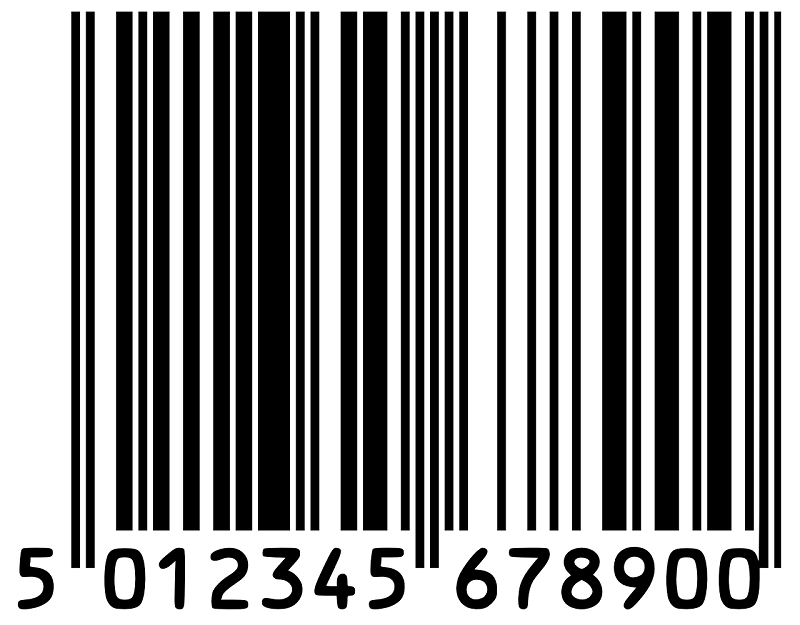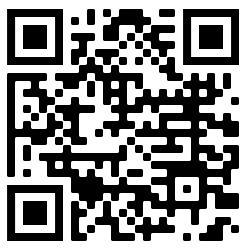Barcode
Contents |
[edit] Introduction
As common on construction products as in any sector of commerce and industry, the barcode (or bar code) has become an indispensable tool for product accounting and distribution.
Barcodes have been shown to speed-up processing at check-outs and in warehouses and to help track items. In stores, they can reduce shoplifting where price tags are swapped. They are widely used to keep track both of people and objects, such as rental cars, airline luggage, library books, parcels and items in stocktaking.
[edit] Origins
The history of the barcode stretches back to the US in the late 1940's when the president of the US food chain Food Fair wanted a means of automatically collecting product information at the checkout. Post-graduate student Bernard Silver had heard that his college, the Drexel Institute, had turned down the idea of devising such technology, so he and fellow student Norman Woodland began to research a possible solution.
Initially, they experimented with fluorescent ink in patterns that would register under UV light but this proved to be both expensive and impractical, especially as the ink was subject to fade.
Woodland, inspired by the principles of Morse code, devised a system which involved thin and thick lines that could be read by a scanner. As they thought this might be difficult for a scanner to read, they started using concentric circles so that the scanner could read them irrespective of how it was held. They filed the patent for their technology – for both linear and concentric-circle types – in October 1949, with the patent issued in 1952.
Having built a prototype scanner for circular codes, the pair were approached by Philco who bought the rights in 1962 and later sold them to RCS. However, IBM was the first company to market a practical bar code and scanning system. Woodland, who had been working with George Laurer at IBM, later developed the 12-digit code which was approved in 1973 and is known today as the Universal Product Code used widely in the US. Europe added an extra digit and uses the 13-digit European Article Number.
Today, barcodes overcome the problem of having to hold the scanner completely parallel to the code by reading them in several directions simultaneously.
The first product to be sold using a bar code was a packet of Wrigley’s Juicy Fruit chewing gum at the Marsh Supermarket in Troy, Ohio on 26 June 1974. Studies later established that those US stores which introduced barcode technology enjoyed 10-12% sales’ increases - increases which never diminished.
[edit] The use of barcodes in construction
In the construction industry, barcodes can be used to record inventory, identify products, materials and plant, to check out and check in tools and plant and so on. These processes can be facilitated by hand-held readers, mobile computers and inventory management software.
QR codes are also commonly used in the construction industry. QR codes, or Quick Response codes are two-dimensional barcodes that can be read by many devices, including smart phones, and provide a readable version of a hyperlink that will take the user to the appropriate website. They are commonly used on site signs and hoardings, on business cards, on products and even on drawings.
[edit] Related articles on Designing Buildings Wiki
Featured articles and news
Professional practical experience for Architects in training
The long process to transform the nature of education and professional practical experience in the Architecture profession following recent reports.
A people-first approach to retrofit
Moving away from the destructive paradigm of fabric-first.
International Electrician Day, 10 June 2025
Celebrating the role of electrical engineers from André-Marie Amperè, today and for the future.
New guide for clients launched at Houses of Parliament
'There has never been a more important time for clients to step up and ...ask the right questions'
The impact of recycled slate tiles
Innovation across the decades.
EPC changes for existing buildings
Changes and their context as the new RdSAP methodology comes into use from 15 June.
Skills England publishes Sector skills needs assessments
Priority areas relating to the built environment highlighted and described in brief.
BSRIA HVAC Market Watch - May 2025 Edition
Heat Pump Market Outlook: Policy, Performance & Refrigerant Trends for 2025–2028.
Committing to EDI in construction with CIOB
Built Environment professional bodies deepen commitment to EDI with two new signatories: CIAT and CICES.
Government Grenfell progress report at a glance
Line by line recomendation overview, with links to more details.
An engaging and lively review of his professional life.
Sustainable heating for listed buildings
A problem that needs to be approached intelligently.
50th Golden anniversary ECA Edmundson apprentice award
Deadline for entries has been extended to Friday 27 June, so don't miss out!
CIAT at the London Festival of Architecture
Designing for Everyone: Breaking Barriers in Inclusive Architecture.
Mixed reactions to apprenticeship and skills reform 2025
A 'welcome shift' for some and a 'backwards step' for others.























